 During these stressful times, many of us are doing a lot more shopping online (unfortunately for local retailers). The competition to get you to spend as much as possible has evolved to take full advantage of all of our psychological weaknesses. This Wired article discusses The Subtle Tricks Shopping Sites Use to Make You Spend More, including the deceptive tactics called “dark patterns”. They linked to an academic study Dark Patterns at Scale: Findings from a Crawl of 11K Shopping Websites, which carefully broke things down into the following 15 dark patterns which usually target at least one cognitive bias.
During these stressful times, many of us are doing a lot more shopping online (unfortunately for local retailers). The competition to get you to spend as much as possible has evolved to take full advantage of all of our psychological weaknesses. This Wired article discusses The Subtle Tricks Shopping Sites Use to Make You Spend More, including the deceptive tactics called “dark patterns”. They linked to an academic study Dark Patterns at Scale: Findings from a Crawl of 11K Shopping Websites, which carefully broke things down into the following 15 dark patterns which usually target at least one cognitive bias.
If you’ve bought anything online recently, you should recognize many of these tricks, but there were a few that were new to me. I was intrigued and tested out many of the sites myself. I no longer plan to shop at certain retailers like Proflowers and CellularOutfitter due to their use of certain shady tactics.
“No, I don’t want become smarter and wealthier”
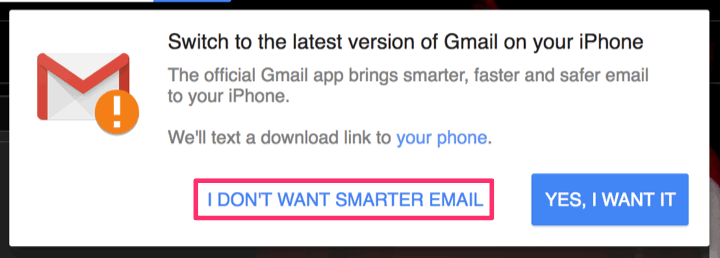
- Confirmshaming: Using language to steer your choices
- Cognitive bias: Framing effect
“YES! vs. no“

- Visual interference: Steering users using visual design.
- Cognitive bias: Anchoring, Framing effect
“Uncheck the box if you prefer not to receive lots of spam”
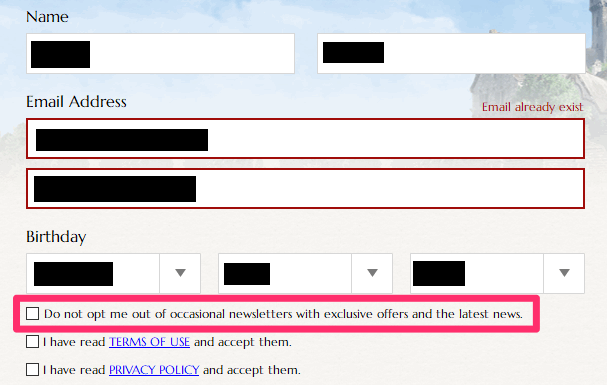
- Trick questions: Steering users using confusing language
- Cognitive bias: Default, Framing effect
“Do you really want to cheap out on the flower bouquet for your mom?”
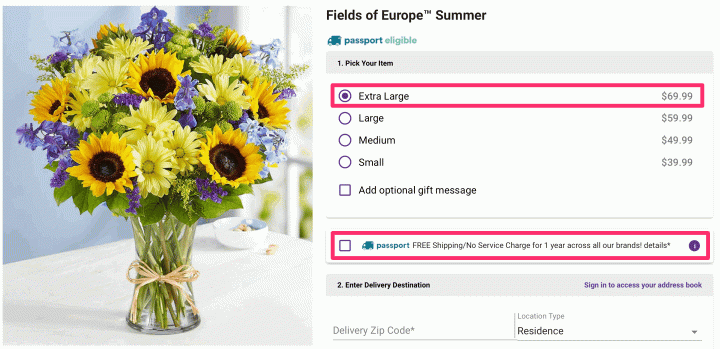
- Pressured selling: Most expensive option is the default.
- Cognitive bias: Anchoring, Default Effect, Scarcity Bias
“Free shipping with (trial) membership!”
- Hidden subscription: Charging a recurring fee which isn’t clearly disclosed.
“⏲ Sale ends in 00:15:36 ⏲”

- Countdown timer: Suggests that deal or discount will expire soon using countdown timer
- Cognitive bias: Scarcity bias
“Only 3 left in stock. Order soon!”
- Low-stock message: Suggests that limited quantities are available
- Cognitive bias: Scarcity bias
“🔥 Selling Fast! 🔥”
- High-demand message
- Cognitive bias: Scarcity bias
“‼ Sale ends soon! ‼”
- Limited-time message
- Cognitive bias: Scarcity bias
“43 other people are viewing this item” or “Joseph in Maryland just bought these masks!”
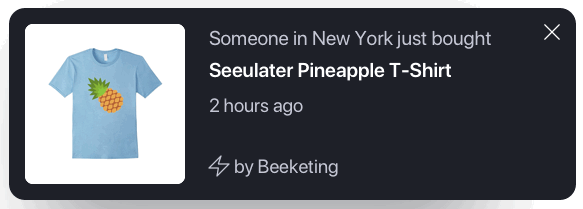
- Activity message: Informs that someone else did an activity or purchase
- Cognitive bias: Bandwagon effect
“These yoga pants are the most comfortable ever! – Jane from IA”
- Testimonial
- Cognitive bias: Bandwagon effect
“Care & Handling Fee: $2.99” (Looking at you, Proflowers!)
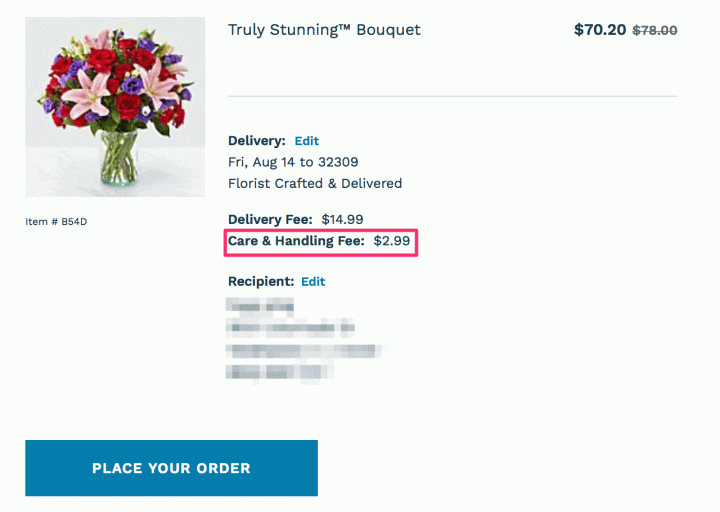
- Hidden cost: Adding new fees or charges at the last page of checkout, after you have submitted address and payment details.
- Cognitive bias: Sunk cost fallacy
“You must create an account to continue.”
- Forced enrollment: Must create account or share information to complete task
- Cognitive bias: Sunk cost fallacy
“Oops, how did that item end up in your shopping cart?”
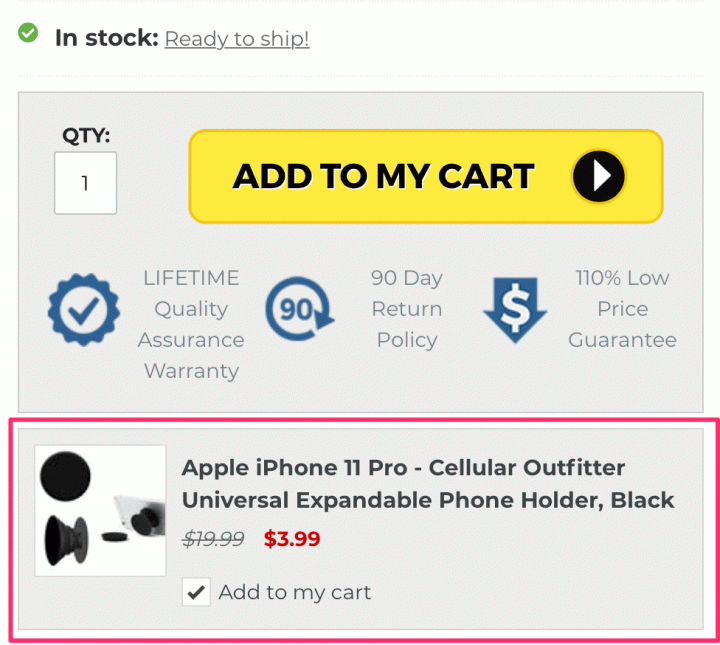
- Sneak into basket: Additional products placed in shopping carts without consent, like accessories (CellularOutfitter) or warranty/insurance.
- Cognitive bias: Default effect
“Please call 1-800-NOT-OPEN between 1:34 and 1:36 AM to cancel.”
- Hard to cancel: Easy to sign-up, hard to cancel.
 The Best Credit Card Bonus Offers – 2025
The Best Credit Card Bonus Offers – 2025 Big List of Free Stocks from Brokerage Apps
Big List of Free Stocks from Brokerage Apps Best Interest Rates on Cash - 2025
Best Interest Rates on Cash - 2025 Free Credit Scores x 3 + Free Credit Monitoring
Free Credit Scores x 3 + Free Credit Monitoring Best No Fee 0% APR Balance Transfer Offers
Best No Fee 0% APR Balance Transfer Offers Little-Known Cellular Data Plans That Can Save Big Money
Little-Known Cellular Data Plans That Can Save Big Money How To Haggle Your Cable or Direct TV Bill
How To Haggle Your Cable or Direct TV Bill Big List of Free Consumer Data Reports (Credit, Rent, Work)
Big List of Free Consumer Data Reports (Credit, Rent, Work)
Thanks for sharing Jonathan. I get annoyed by these tactics and thought I was just getting more cynical, but maybe not.
The register online/unenroll by phone is the one that always baffles me. Best example I’m familiar with is WSJ – they always run promo deals for online subscriptions but the only way to unenroll is by calling a tech center where you inevitably will have 3-4 sales pitches before you can cancel your WSJ subscription.
The fact that Apple News can now let you separately subscribe to WSJ and avoid these bogus sales tactics is huge.
Ive seen these same tactics used by certain blog websites for getting you to buy a course or a download. I love the only 3 items left or 4 opening left in a teaching course so buy in now! Yea right! Also it’s never a $100.00 it’s always $97.00 or $197.00 instead of $200.00. It’s all shady marketing
Thank you for your post Johnathan. Although we are mostly aware of these marketing tactics, it is true that we are so often taken in by them.
I would like to add to this list the “customers also bought…” recommendations. I guess the cognitive bias related to it is the bandwagon effect.
Then, there is also the traumatic pictures one, when, for instance, one is asked to spend for children in Africa and the website start to display this picture of a starving African kid. I am not sure what is the cognitive bias in this case. Does anyone know?
Lastly, related to the “Only 3 left in stock. Order soon!”, there is the “only 1 bed left” from booking.com. Having friends that offer accommodations on booking, we realised that sometimes it is not even the case!